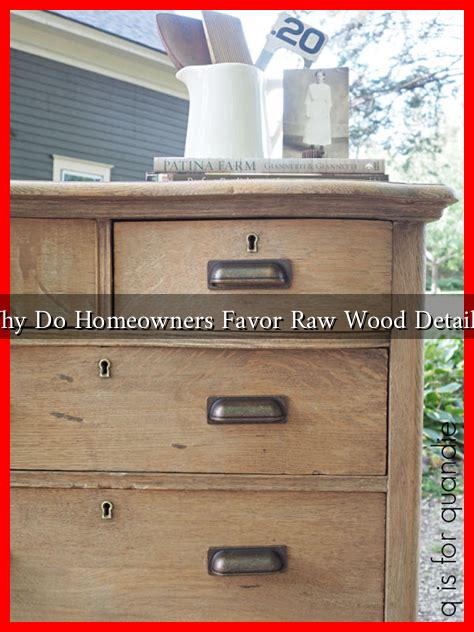-
Table of Contents
Why Do Homeowners Favor Raw Wood Details?
In recent years, the trend of incorporating raw wood details into home design has gained significant traction among homeowners. This preference is not merely a fleeting fad; it reflects deeper values and aesthetic choices that resonate with many. From rustic charm to modern minimalism, raw wood offers a unique blend of beauty, sustainability, and versatility. In this article, we will explore the reasons behind this growing trend, supported by examples, statistics, and insights from industry experts.
The Aesthetic Appeal of Raw Wood
One of the primary reasons homeowners are drawn to raw wood details is their aesthetic appeal. The natural grain, texture, and color variations found in raw wood create a warm and inviting atmosphere. Unlike synthetic materials, raw wood brings a sense of authenticity and character to a space.
- Unique Characteristics: Each piece of wood is unique, offering distinct patterns and colors that cannot be replicated. This individuality allows homeowners to express their personal style.
- Versatility: Raw wood can complement various design styles, from rustic and farmhouse to contemporary and industrial. It can be used in furniture, flooring, wall accents, and more.
- Timelessness: Wood has been a staple in home design for centuries. Its timeless quality ensures that it remains relevant regardless of changing trends.
Sustainability and Environmental Concerns
As environmental awareness grows, many homeowners are prioritizing sustainable materials in their homes. Raw wood, especially when sourced responsibly, is often seen as a more eco-friendly option compared to synthetic materials.
- Renewable Resource: Wood is a renewable resource, especially when sourced from sustainably managed forests. This contrasts with materials like plastic, which are derived from non-renewable fossil fuels.
- Carbon Sequestration: Trees absorb carbon dioxide as they grow, making wood a carbon-neutral material when harvested sustainably. This contributes to reducing the overall carbon footprint of a home.
- Biodegradability: Unlike many synthetic materials, wood is biodegradable, meaning it will not contribute to landfill waste in the same way that plastics and other materials do.
Health Benefits of Raw Wood
Beyond aesthetics and sustainability, raw wood can also contribute to a healthier living environment. Studies have shown that natural materials can positively impact indoor air quality and overall well-being.
- Air Quality: Wood can help regulate humidity levels in a home, absorbing excess moisture and releasing it when the air is dry. This can lead to improved air quality and comfort.
- Natural Aesthetics: The presence of natural materials like wood has been linked to reduced stress levels and increased feelings of well-being. This is often referred to as biophilic design, which emphasizes the connection between nature and human health.
- Low VOC Emissions: Many raw wood products have low or no volatile organic compounds (VOCs), making them a healthier choice for indoor environments.
Case Studies and Statistics
Several studies and case examples highlight the growing preference for raw wood in home design. According to a survey conducted by the National Association of Home Builders (NAHB), 60% of homeowners expressed a preference for natural materials in their homes. Additionally, a report from the Forest Stewardship Council (FSC) indicated that sustainably sourced wood products have seen a 25% increase in demand over the past five years.
One notable case is the use of reclaimed wood in urban lofts, where designers have transformed old barn wood into stunning feature walls and furniture pieces. This not only adds character but also tells a story, connecting the past with the present.
Conclusion
The preference for raw wood details among homeowners is driven by a combination of aesthetic appeal, sustainability, health benefits, and a desire for individuality. As more people seek to create spaces that reflect their values and enhance their well-being, raw wood continues to stand out as a favored choice. Whether through reclaimed wood furniture or raw wood accents, this trend is likely to endure, shaping the future of home design.
For more insights on sustainable building materials, you can visit Forest Stewardship Council.

